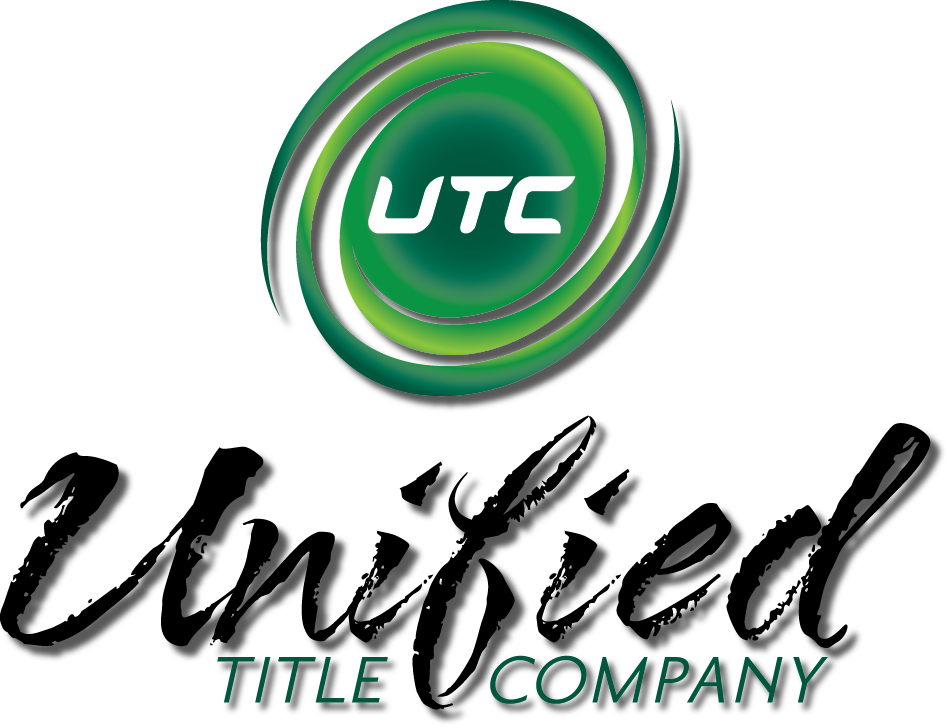
If you are in the market to buy a home, you will likely need to take out a mortgage to finance the purchase. Mortgages are a specific type of loan used to buy homes, and they come in several varieties. When you have a mortgage, you must repay the lender on a monthly basis, and that includes interest. Typically, your mortgage will be for 15 or 30 years, depending on your choice. However, you must decide between a fixed-rate or adjustable-rate mortgage at first. This decision will impact how much interest you pay each month and whether the rate will change.
Defining Fixed Rate Mortgages
A fixed-rate mortgage will carry the same interest rate for the loan’s lifetime. Even if you have a 30-year mortgage, it will remain the same for the entire duration. Thirty years later, your interest rate will be the same as it was the day you got the loan.
Consequently, you can rely on a relatively predictable payment. The monthly payment can still increase a little if your taxes or insurance increases. Yet, your principal and interest charges cannot change, no matter how long you hold the loan. As a result, this stability has made the fixed-rate mortgage the most popular option.
Generally, a fixed-rate mortgage will carry a higher interest rate than an adjustable rate mortgage. However, this fact is not set in stone, and the average 5/1 adjustable rate mortgage spiked above a 30-year fixed-rate mortgage in 2020 for a few months. At that time, 30-year mortgages had fallen to historic lows, but they rebounded.
Defining Adjustable Rate Mortgages
Adjustable rate mortgages do not have a permanent interest rate, and they can rise. Depending on the market, your overall payment can increase quite a bit. Nevertheless, these mortgages have a lower interest rate initially, increasing affordability. There are several adjustable-rate mortgages, but they all share similarities.
For example, a 5/1 ARM locks in a rate for the first five years. After the first five-year window is closed, the mortgage’s interest rate can fluctuate. It can change up to once per year, according to US rate trends. Sometimes, your interest rate would decrease if rates are trending that way.
Each adjustable rate mortgage has a set of rules that dictate when rates can change and by how much. Furthermore, there are limitations as to how high it can rise in total, which limits your risk. There are two factors that determine how your interest rate will work on your loan. These factors are index and margin.
First, the index is a specific benchmark rate a lender uses to determine their rates. Every lender will use a different index, but many of them use the US prime rate. If this index rate trends up, you may see an increase in your interest payments. On the other hand, if it trends down, your payment size could decrease.
Second, margin is how much lenders can add to the index, making up your total interest. Even though the index amount can vary over the loan’s lifetime, the margin will remain the same.
As a real life example, if your index rate was a flat 4% and the margin was 2%, then you would pay 6% in interest. The benefit of adjustable rate mortgages is that they come with a rate cap, which puts a limit to rate hikes. This limitation applies to increases and decreases and governs the initial adjustment. Rules also limit each subsequent adjustment. There will be a minimum and a maximum rate that applies for the loan’s entire life.
How to Choose Between an Adjustable-Rate and Fixed-Rate Mortgage
Some experts suggest using an adjustable rate if you plan on moving before the rate adjusts. If you do not plan on holding a mortgage for 30 years, you may pay the bank more money with a fixed rate.
John P. Roland of Beyond Financial Advisors advises his clients often. His suggestion is to choose a mortgage with an adjustable rate if you are going to move before the rate resets.
On the other hand, a fixed-rate mortgage may be the safer bet if you plan to be in the house for longer.
Benefits of a Fixed-Rate Mortgage
One major upside to a fixed-rate mortgage is that you keep the same rate even if mortgage rates rise. You will keep the same low rate even if everyone else in the housing market has to pay more. If you have chosen an adjustable rate, you would have to pay more as rate rise.
Another huge benefit of fixed rate mortgages is that you can budget your money more accurately. Since the payment size never changes, you have plenty of predictability in your monthly payment. Some monthly costs vary year to year, like insurance, but interest remains the same. As a result of this stability, planning out expenses should be much easier with a fixed rate mortgage.
Benefits of Adjustable-Rate Mortgages
If you plan to sell the house within a couple of years, you can take out an adjustable-rate mortgage. Generally, an adjustable rate mortgage will carry a lower interest rate than a fixed-rate mortgage at first but will increase as soon as rates do. As long as you offload the mortgage before the initial rate ends, you will benefit financially. Lower rates that can come with an adjustable rate mortgage gives you some financial flexibility since you are paying less monthly.
Understanding the Risk of an Adjustable Rate Mortgage
Simply put, an adjustable-rate mortgage can be riskier than a fixed-rate option. Because it may strain your budget as the rates increase, it is important to consider carefully. Even if you plan to refinance or move before the rate rises, something could prevent those plans.
If you plan on moving within five years, consider taking out a seven-year adjustable rate mortgage. Then, you will still have a bit of wiggle room in case your plan is delayed. It is best to always speak with your lender about your options of which mortgage is best for you and your situation.
Overall, adjustable-rate mortgages and fixed-rate mortgages are the most common ways to purchase homes. However, you must be cautious if you take out an adjustable rate because it can change. If you prefer stability and do not mind paying a little more, a fixed-rate option is the safest bet.
